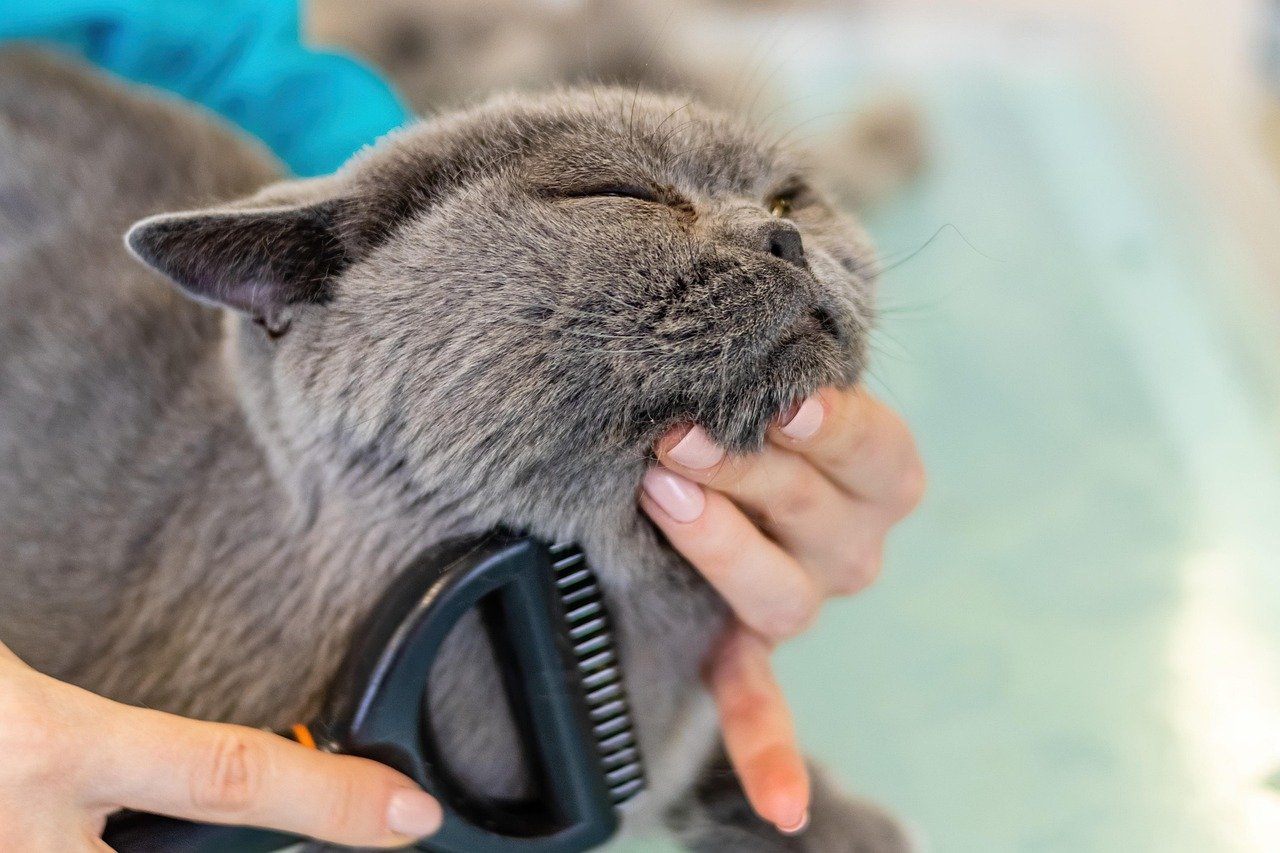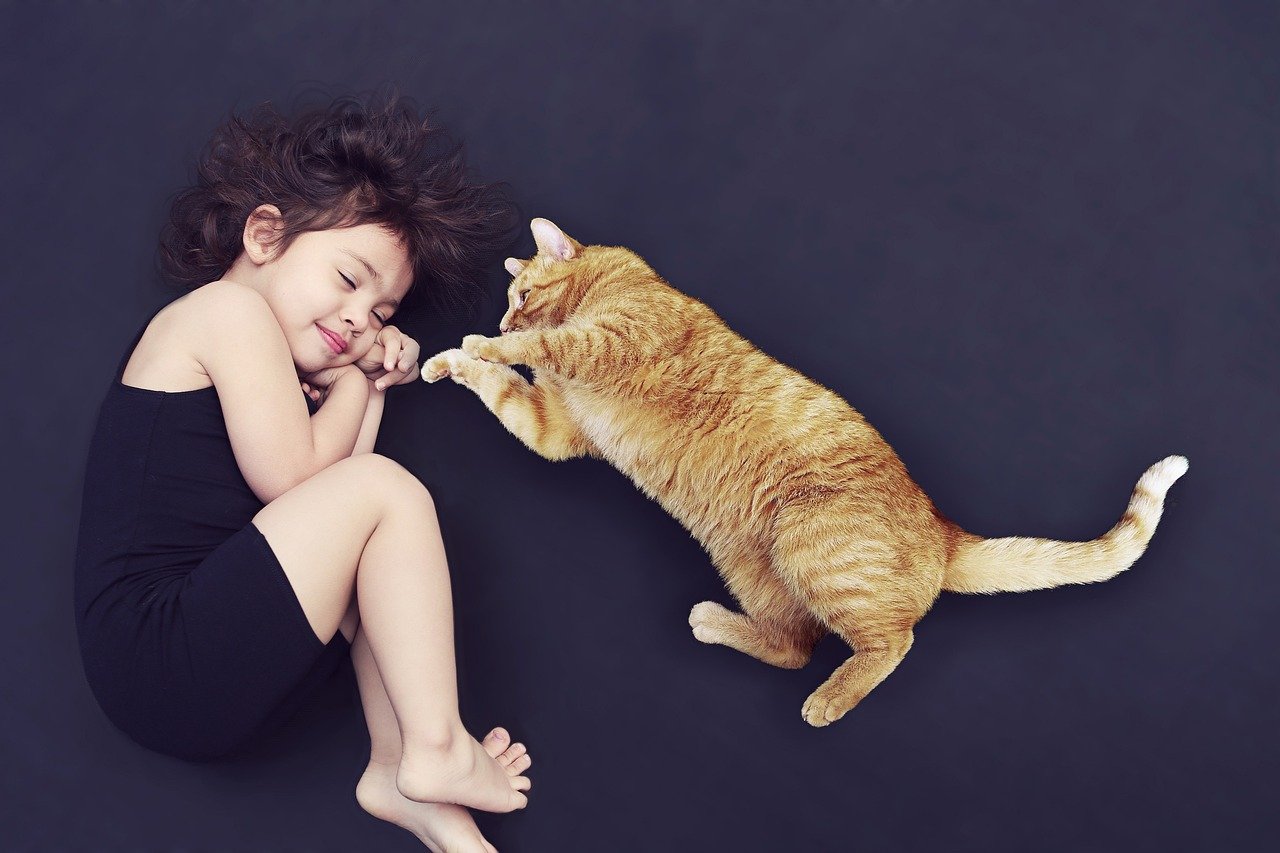Having a cat that shies away from being held can be puzzling, especially when they show you affection in other ways. While it might feel disheartening, it’s important to remember that every cat has its unique personality. Just like humans, cats have their own preferences for how they like to interact with the world. Understanding these preferences can help you build a more harmonious relationship with your feline friend. Let’s explore the different ways to connect with a cat that prefers its paws on the ground.
Understanding Feline Body Language
Deciphering your cat’s body language is akin to learning a new language. Cats communicate primarily through their bodies, and understanding their signals can help you respect their boundaries. A cat that flattens its ears, swishes its tail, or meows loudly when picked up is showing discomfort. On the other hand, a slow blink or a gentle purr usually indicates contentment. Observing these cues allows you to interact with your cat more effectively, ensuring that you both enjoy each other’s company without misunderstandings.
Respecting Your Cat’s Personal Space

Just like people, cats appreciate their personal space. Imagine if someone constantly invaded your bubble without permission. It wouldn’t feel very nice, would it? Cats feel the same way. If your cat prefers not to be held, respect that boundary. Instead, offer affection in ways they are comfortable with, such as gentle petting or simply sitting nearby. By respecting their space, you foster trust and demonstrate that you understand their needs.
Finding Alternative Ways to Show Affection

Since holding isn’t your cat’s cup of tea, consider other ways to show you care. Engage in activities that your cat enjoys, such as interactive play with toys or grooming sessions. Some cats love a good brushing, which can serve as a bonding activity. Playing hide-and-seek with treats or using a laser pointer can also be delightful ways to connect. These alternatives not only show your love but also enrich your cat’s environment, keeping them mentally and physically stimulated.
Establishing a Routine
Cats are creatures of habit and thrive on routine. Establishing a consistent schedule for feeding, playtime, and rest can create a sense of security. Knowing what to expect helps your cat feel more at ease and can even make them more open to physical affection over time. It’s akin to knowing that your favorite TV show comes on at the same time every day – consistency is comforting. A regular routine might not make your cat suddenly love being held, but it can help strengthen your bond.
Gradual Desensitization
If you’re keen on getting your cat accustomed to being held, gradual desensitization might be the way to go. Start by picking up your cat for very short periods, perhaps just a few seconds, and then reward them with a treat. Gradually increase the time as your cat becomes more comfortable. It’s important to be patient and never force it, as this can lead to increased anxiety. Think of it like dipping your toes in cold water before diving in – slow and steady wins the race.
Building Trust Through Positive Reinforcement

Positive reinforcement is a powerful tool in building trust with your cat. Rewarding your cat with treats, praise, or a favorite toy when they show signs of comfort can encourage them to stay calm in situations they might otherwise avoid. For example, if your cat stays relaxed while being gently picked up, a tasty treat can reinforce that this is a positive experience. Over time, your cat may become more receptive to being held or at least more tolerant of it.
Recognizing the Signs of Stress
It’s crucial to recognize when your cat is feeling stressed. Signs of stress can include excessive grooming, hiding, aggression, or changes in appetite. If you notice these behaviors, it might be time to reassess your approach to affection. Stress can have a significant impact on a cat’s health, so ensuring they feel safe and comfortable is paramount. Just like how humans need breaks from overwhelming situations, cats need their environments to be peaceful and predictable.
Seeking Professional Advice
If you’re struggling to understand your cat’s aversion to being held, consulting a professional can be beneficial. Veterinarians or animal behaviorists can provide insights into your cat’s behavior and offer strategies tailored to their needs. They can rule out any medical issues that might be causing discomfort when held. Think of them as a translator who can help bridge the communication gap between you and your feline friend, ensuring a happy and healthy relationship.
Celebrating Your Cat’s Unique Personality

Every cat is unique, and that’s what makes them special. Celebrate your cat’s individuality by embracing their quirks and preferences. Some cats are lap lovers, while others are independent adventurers. By acknowledging and respecting your cat’s personality, you show them unconditional love. It’s like appreciating a friend’s unique sense of humor or taste in music – these differences are what make them who they are.
Conclusion
In the end, it’s all about love and understanding. Your cat may not enjoy being held, but they have their own ways of showing affection. By respecting their boundaries, finding alternative ways to connect, and celebrating their individuality, you can enjoy a fulfilling relationship with your feline companion. Remember, love comes in many forms, and your cat loves you in their own special way.

Linnea is a born and bred Swede but spends as much time as possible in Cape Town, South Africa. This is mainly due to Cape Town’s extraordinary scenery, wildlife, and atmosphere (in other words, because Cape Town is heaven on earth.) That being said, Sweden’s majestic forests forever hold a special place in her heart. Linnea spends as much time as she can close to the ocean collecting sea shells or in the park admiring puppies.






